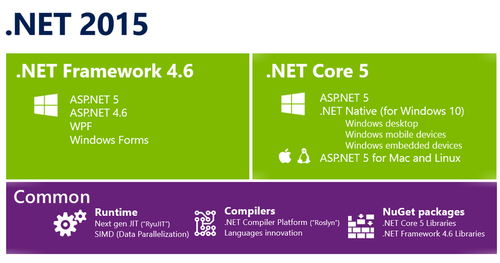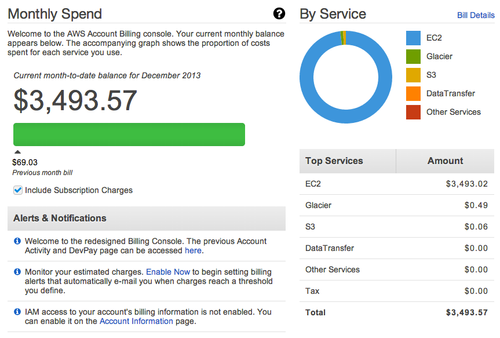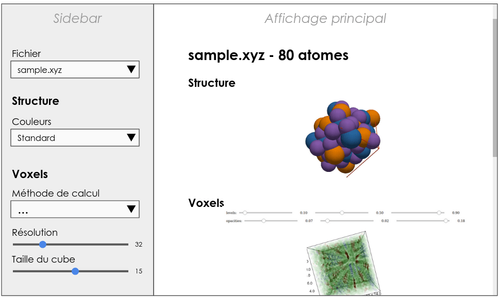AWS Summit Sydney 2018

Hi, I’m here to talk about the last day of Sydney AWS Summit Sydney 2018!
It was my first attendance ever at an event of this type, I have to say it’s quite a different vibe than your usual meetup! The lights, the loud music, they really know how to stage a show.
Who is the big star of the year??? It’s Machine Learning!!!
Containers management is coming close behind.
AWS is pushing its vision to create a seamless customer experience where the machines adapt themselves to the human and not the reverse. Their plan of action is to:
- Reduce the complexity for developers
- Bring ML capabilities closer, in the Edge to provide fast real-time predictions
One of the big announcement is AWS SageMaker, which provides you tools and predefined algorithms that allows you to quickly build and deploy Jupyter notebooks. With the transfer learning capability, you can only train the last classification part, if needed. It is only available in Virginia so far. If you want to go further and have more customisation you can use AWS Deep Learn AMIs.
Another is the release of a very exciting device Deep Lens which posses built-in ML capabilities powered by a specially designed Intel chip to provide fast real-time predictions.
Intel also presented a very cool neural network computing stick called Movidius, yes you can have these capabilities in a device that fits in your hand. The day where you needed to reserve NASA-like computing power is way gone …
The live demos, showcasing real-time detection of human movement but also of objects were quite impressive. Everyone went wild when they threw inflatable hot dogs and unicorns into the audience, yes you heard me right, for the demonstration. The speed of the categorisation considering the number of “objects” to consider in the audience (persons, smartphones, chairs …) was impressive. When zooming with the camera, the experience was really seamless. They had some accuracy problems though, it kept detecting a tie for the presenter that just had a slightly open shirt.
To finish with the ML part, you may want to dive in:
- AWS greenglass ML that provides ML in the Edge
- Darknet Open source Neural network C library that enables real-time prediction optimization called YOLO: You only look once!
- Amazon Mechanical Turk to speed the tedious work of labeling your data
Still following the principle of creating a better user experience, AWS launches Sumerian (in public preview): to easily create AR/VR/3D experiences in your browser. It works with ARKit and ARCore and is powered by AR.js.
Another star of the conference is containers!
After being surprisingly absent for a long time from the K8S battlefield, AWS is making a comeback with EKS and now Fargate. With this new service release, you can now leverage the serverless approach to manage your cluster of containers using ECS or EKS. You can find the code used in the live demo to deploy microservices using Fargate here: https://github.com/aws-samples/aws-microservices-deploy-options
On the front end space, you might have heard of GraphQL, a language that allows you to query only the data that you need, created by Facebook. AWS AppSync is a GraphQL engine using Apollo under the hood (the teams collaborate closely together). It provides built-in integration for many AWS datasources. The live demo showcased a Progressive Web App using AppSync (https://github.com/aws-samples/aws-mobile-appsync-chat-starter-angular)
Conclusion:
AWS continues to be a key cloud player by reinforcing its presence both in the Machine Learning and the Containerization space. I really liked the focus of making things simpler like abstracting complex ML notions or providing more serverless services. I agree that ML can provide a greater experience for customers and help provide taking better decisions or provide more value out of the huge amount data that we have nowadays. However, it’s not always totally accurate, I wouldn’t create a service that is accessible only through voice/image recognition or take critical decisions solely based on algorithm decisions, even if they have a good accuracy.
The AWS summit is a great experience to get up to date with the latest AWS features and IT trends. However it is at times a bit too superficial and commercial for my taste, and focus more on the how of things than the why. For example, it’d have been great to dive a bit more into why some part of the Amazon warehouse has still human presence than showing a video of robots moving stacks.





